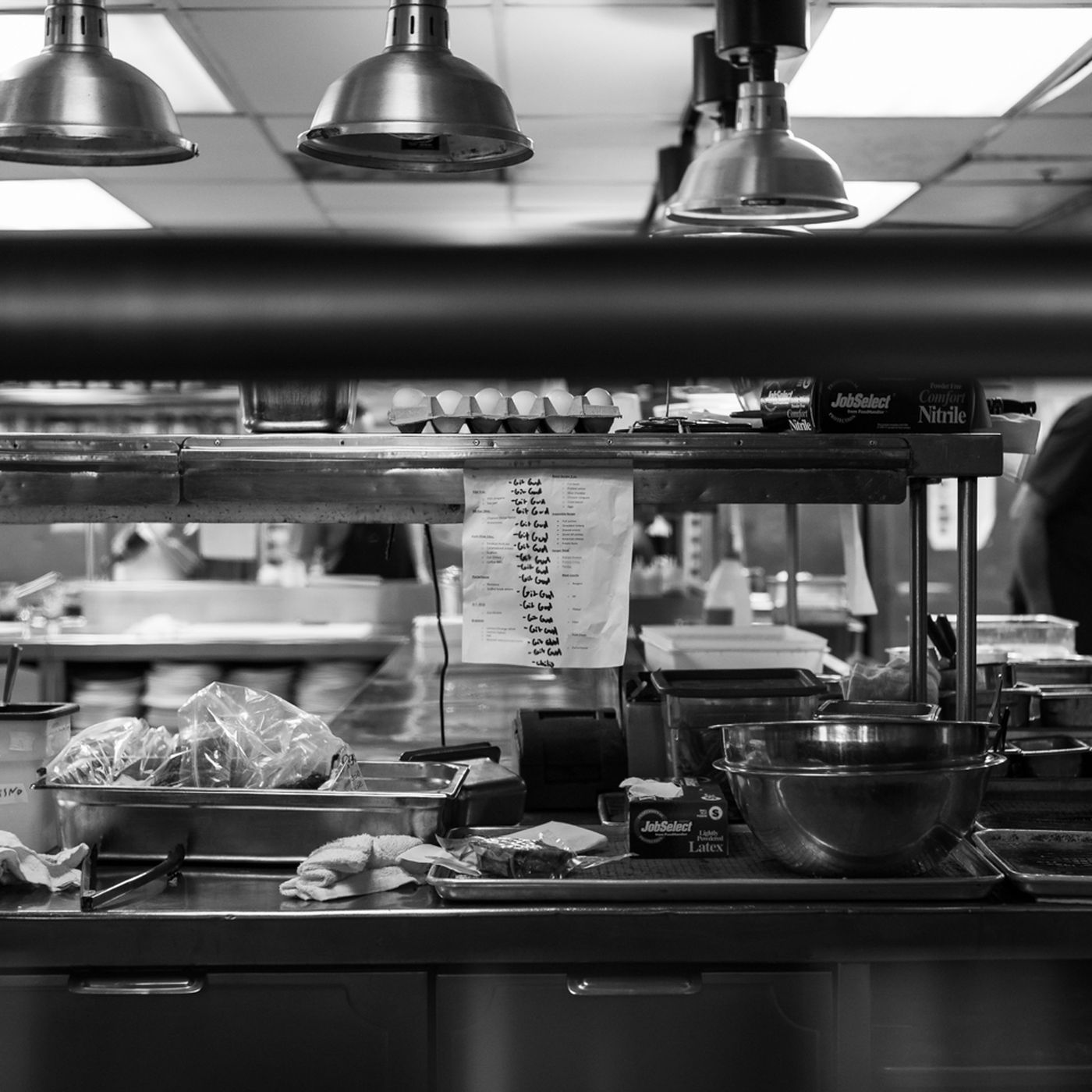In today’s rapidly changing culinary landscape, restaurant menus are undergoing a transformation driven by shifting dietary trends.
As people become more conscious of their health, the environment, and ethical considerations, the traditional offerings of restaurants are adapting to meet these evolving preferences. In this post, we will explore the impact of dietary trends on restaurant menus, how chefs are responding to these changes, and what it means for the future of dining out.
The Rise of Dietary Awareness
One of the most significant factors influencing restaurant menus is the growing awareness of dietary preferences and restrictions. Today, more diners than ever before are following specific diets, such as veganism, vegetarianism, gluten-free, paleo, and keto. These dietary choices are not only about personal preferences but often tied to health concerns, ethical considerations, and environmental awareness.
Restaurants are responding by offering a wider variety of menu options that cater to these dietary preferences. For example, many restaurants now feature plant-based alternatives for traditional meat dishes, gluten-free pasta, and grain-free options for those following low-carb diets.
Embracing Sustainability
Sustainability is another major driver of change in restaurant menus. As concerns about climate change and the environmental impact of food production grow, many diners are seeking out restaurants that prioritize sustainable sourcing and practices. This has led to a surge in farm-to-table concepts, as well as a focus on reducing food waste.
Menus now often highlight locally sourced ingredients, sustainable seafood choices, and dishes that minimize carbon footprints. Some restaurants even go as far as adopting zero-waste initiatives, making conscious efforts to use every part of an ingredient to reduce waste.
Ethical Considerations
Ethical considerations, such as animal welfare and fair labor practices, are playing an increasingly important role in shaping restaurant menus. The demand for ethically raised and sourced ingredients is on the rise, prompting restaurants to adopt more humane practices and transparent sourcing.
Chefs are also experimenting with innovative plant-based dishes, not just to cater to vegans and vegetarians but also to reduce the environmental impact of meat production. Diners can now find creative and delicious plant-based alternatives, such as mushroom-based “steak” or “bleeding” plant-based burgers.
Fusion and Cross-Cultural Cuisine
Another interesting development on restaurant menus is the fusion of different culinary traditions. As global travel becomes more accessible, diners are exposed to a broader range of flavors and ingredients. This has led to an increasing trend of cross-cultural fusion cuisine.
Restaurants are experimenting with combinations of flavors and techniques from different culinary traditions. For instance, you might find Korean barbecue tacos, Indian-inspired pizzas, or Japanese-Italian fusion dishes on menus. These creative combinations are a reflection of our increasingly interconnected world.
Personalization and Customization
In response to the diverse dietary preferences of diners, many restaurants are offering greater customization options. This allows customers to tailor their meals to meet their specific dietary needs and preferences. Customization can extend to everything from portion sizes to ingredient substitutions.
Technology is also playing a role in this trend, with some restaurants offering mobile apps or tablets at the table that allow diners to build their own dishes from a selection of ingredients.
Conclusion
The ever-evolving landscape of dietary trends is reshaping restaurant menus in exciting and dynamic ways. As diners become more health-conscious, environmentally aware, and ethically driven, restaurants are adapting to cater to these changing preferences. Whether it’s the rise of plant-based options, a focus on sustainability, the fusion of culinary traditions, or increased customization, the future of dining out is looking more diverse and accommodating than ever before. So, the next time you visit a restaurant, take a moment to appreciate how these dietary trends have influenced the menu offerings, and enjoy the culinary innovations that have arisen as a result.




